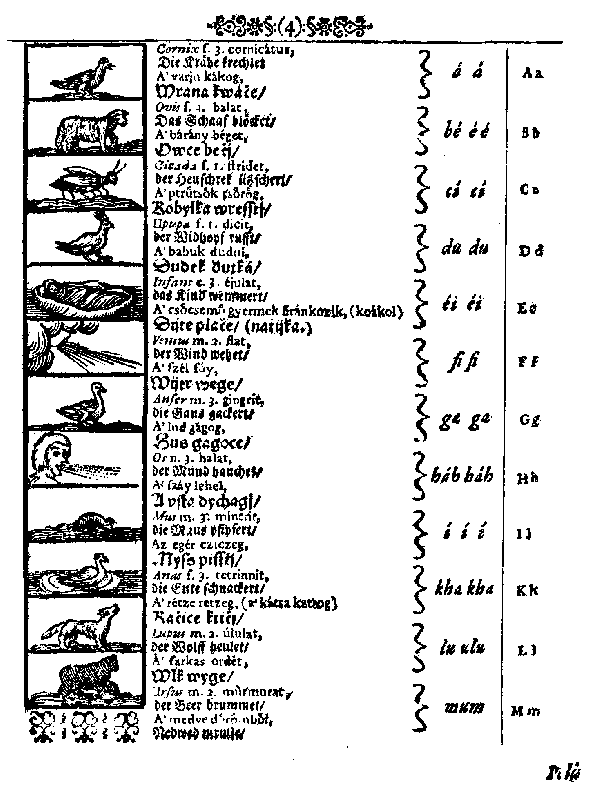HUMANIST ORIGINS OF CREATIVE ARCHITECTURE
Prof. Giuliana Limiti
Universitaí di Roma III, Italy
I believe that Italy and Europe should
introduce to friends and colleagues from other continents the figure of Leon Battista Alberti (1404-1472), as
the first theorist of a creative architecture responding to the clients and
usersí needs, related to social utility and art beauty, rather than to
educational standards.
It is not by chance that, before becoming the
famous, well-known architect, after his fortieth year of age, Alberti composed his
major work: a dialogue entitled About the
family. In this masterpiece he discussed children education, marriage, the
city and its influence on manís spiritual and material happiness. In his
opinion, architecture cannot disregard this purposeful dimension.
He followed these criteria when carrying out
creative restoration works and conceiving spaces according to the movements and
the social functions they were destined to: a space for a man, a man in real
terms, harmonised with the dimension of beauty as sensed by human perception.
Even Albertiís treaty on painting is
conceived as a perspective vision of nature, in the same way as man conceives
architecture.
The same notions of classical tradition were
reinterpreted through a modern key, within an internal and external space unit
of a building undergoing a transfiguration process of creativity linking man to
universe, a city to its suburbs and the centre to the countryside. From these
concepts, Albertiís anticipating humanist message, which was introduced in his
treaty de re aedificatoria (1450),
clearly stems out.
†††††† 
According to Alberti, children education was
strictly linked to the concepts of self-identity, family and the city, on which
human happiness strongly depends. Architecture was conceived as a creative
activity strictly connected to the concept of happiness, being both a political
and an artistic activity and able to give a strong contribution to manís
education through its intellectual creations.
|
Jan Amos Komensky (1592-1670), the founder of
pedagogy, gave educational grounds to Albertiís humanistic theoretical
concepts in his masterpiece Didaectica
Magna. He conceived education as an instrument apt to teach everything to
everyone, to help man build his identity as a microcosm connecting him to the
whole of creation, and make him self-conscious with respect to the whole of
the universe. In these terms a universal brotherhood and a co-operation
between peoples, in respect of cultural differences and diversities, would be
theoretically achieved. The first illustrated book to be used for many
centuries as text book for the teaching of languages in Europe was written by
Komensky, (Latin name Comenius) and published in 1658. Goethe himself, the
major German poet, acknowledged the importance of Comeniusí work Orbis sensualium pictus as
inspirational base for cultivating the universal dimension of his spirit and
its human and regional specificity. The text namely expressed the need to
educate young people about understanding the actual diversities existing in
nature and history and respecting them thus gaining in knowledge and
emotions. It was all about seeing the world for what it really was in order
to be ready and eager to mould it in conformance with oneís own desires. The De Identitate that will be introduced
today during the Seminar co-ordinated by Celestino Soddu is strictly
connected to these European historical concepts and experiences, which have
developed within the dimension of Pansofia
and of human dignity universality. |
|
||
|
|
|
|
|
|
|
|
|
|









